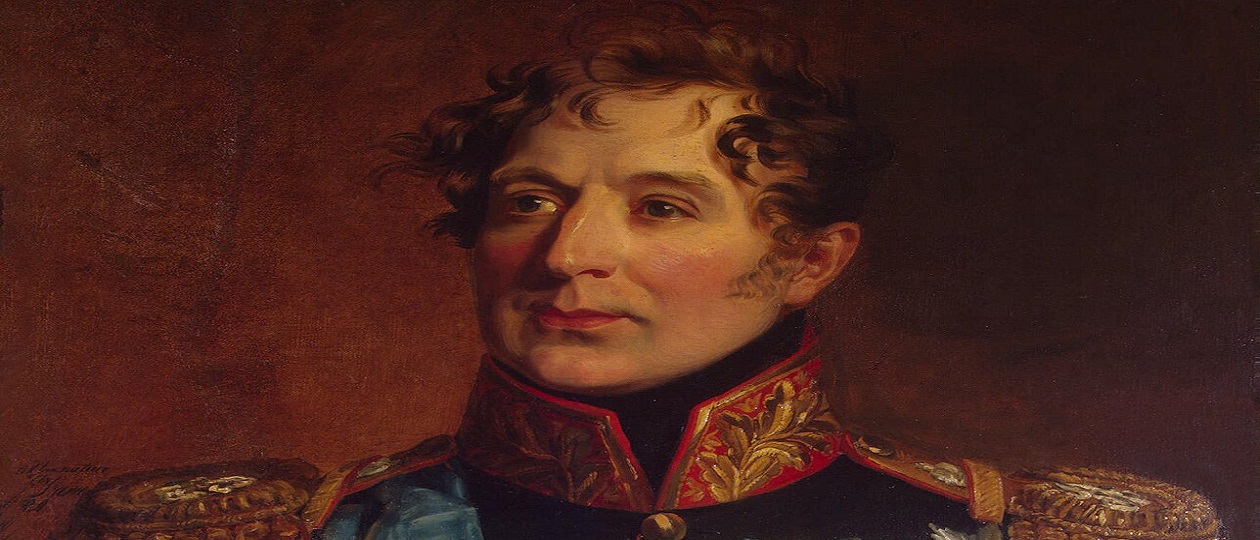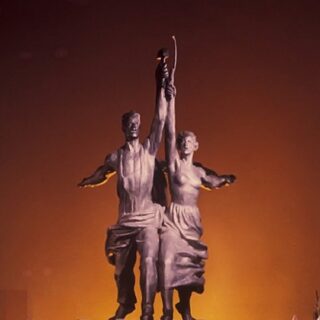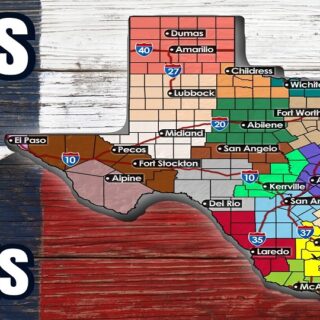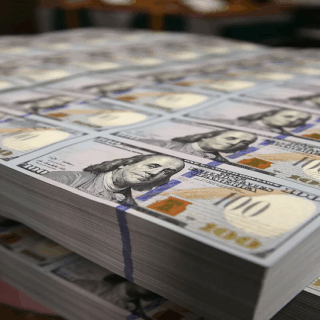
On October 12, 1771, Mikhail Miloradovich was born. He was a Russian infantry general (1809), one of the heroes of the Patriotic War of 1812, the military governor-general of St. Petersburg, and a member of the State Council since 1818.
He participated in the Italian and Swiss campaigns, always leading his regiment into battle, and his example often determined the outcome of the fight. Thus, on April 14, 1799, a bloody battle took place near the village of Lecco, in which Miloradovich displayed extraordinary resourcefulness, speed, and bravery, which were the hallmarks of his talents, which had been further developed in the school of A. V. Suvorov. Suvorov came to love Miloradovich and appointed him General on Duty, which meant that he was close to Suvorov, and he never missed an opportunity to give Miloradovich the chance to distinguish himself in battle.
Upon his return to Russia, Miloradovich and his regiment were stationed in Volhynia. In 1805, as part of the forces of the anti-Napoleonic coalition, he led one of the detachments sent to assist the Austrians. For his exceptional service, he was promoted to the rank of lieutenant general and received other awards. He also participated in the Battle of Austerlitz. In the Russo-Turkish War of 1806-1812, he commanded a corps that liberated Bucharest from the Turks on December 13, 1806, and defeated them in the battles of Turbat and Obilesti in 1807.
On September 29, 1809, he was promoted to General of Infantry for his victory at Rassevat. In April 1810, he was appointed Military Governor of Kiev. In September 1810, he was dismissed on his own request, but on November 20 of the same year, he was reinstated and appointed commander of the Apsheronsky Regiment, and on December 12, he was appointed military governor of Kiev.
During the Battle of Borodino, he commanded the right wing of the First Army. Later, he led the rearguard and held back the French forces, ensuring the retreat of the entire Russian army. The main quality that earned him respect among his soldiers and the enemy was his bravery, which bordered on recklessness.
In 1820, he interrogated the Russian poet Alexander Pushkin about his anti-government poems and effectively saved him from being exiled to the Solovetsky Monastery or Siberia. He was a passionate theater enthusiast, and from 1821, he served as the head of the Committee for the Development of a New Theater Management System.
The events of December 14, 1825, when, after the death of Emperor Alexander I, Russia faced the choice of the next emperor during the interregnum, proved fatal for Miloradovich. Unwilling to see Nicholas I ascend the throne and aware that “whoever has 60,000 bayonets in his pocket can speak boldly,” Miloradovich demanded and secured the oath of allegiance to Constantine Pavlovich.
When the latter refused to reign, during the Decembrist uprising, Miloradovich arrived at the Senate Square in full dress uniform to persuade the rebellious troops, who had sworn allegiance to Constantine, to come to their senses and swear allegiance to Nicholas. Having successfully avoided injury in more than fifty battles, the hero of the Patriotic War received two wounds from the conspirators that day: a bullet wound from Pyotr Kakhovsky (either in the back or on the left) and a bayonet wound from Prince Yevgeny Obolensky. The bullet wound proved fatal.
He was buried on December 21, 1825, in the Dukhovskaya Church of the Alexander Nevsky Lavra, and in 1937, his remains and tombstone were transferred to the Annunciation Mausoleum in St. Petersburg.
By the way, about the portrait of Mikhail Andreyevich Miloradovich.
It is located in the Military Gallery of the Winter Palace (also known as the Gallery of Heroes of the War of 1812). It was painted by George Dawe.
Contrary to popular belief, the majority of the heroes are depicted in uniforms that do not relate to the war against Napoleon.
Miloradovich posed in a general’s uniform no earlier than 1817, with three-loop epaulettes and a slightly different cut.
Additionally, the awards are quite revealing.
Under the epaulet, there is a ribbon of the Order of St. Andrew the First-Called; on the chest, there is a silver medal in memory of the Patriotic War of 1812, the Cross of the Prussian Red Eagle of the 3rd degree, the cross of the Sardinian Order of St. Maurice and St. Lazarus, and the bronze noble medal in memory of the Patriotic War of 1812.
Next, there are the stars of the following orders: St. Andrew the First-Called, St. George of the 2nd class, St. Vladimir of the 1st degree, St. John of Jerusalem, and the Kulm Cross.
For some reason, there is no neck ribbon with the St. George Cross, which is required for the 2nd class.
In 1821, Miloradovich was awarded the diamond insignia of the Order of St. Andrew the First-Called, but they are not depicted in the portrait, indicating that it was painted before that.
It is known that the general returned home in 1819, which suggests that the portrait was created between 1819 and 1821.
On the epaulettes, you can see the monogram of Emperor Alexander I, which was awarded to Adjutant Generals, a title that Miloradovich did not hold. He was awarded the monogram for taking Warsaw during the Campaign Abroad.





